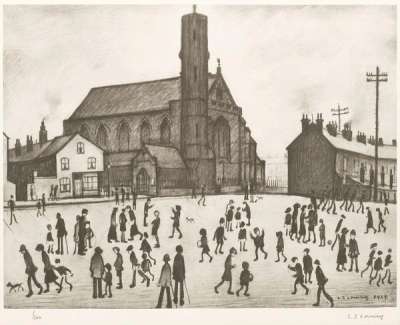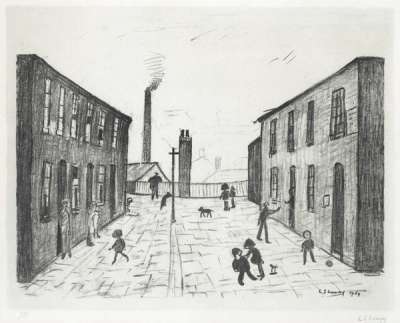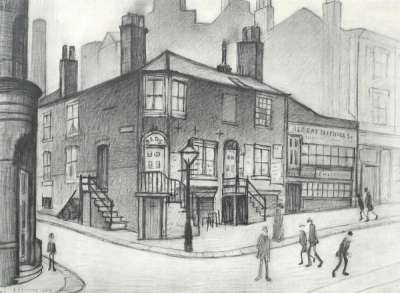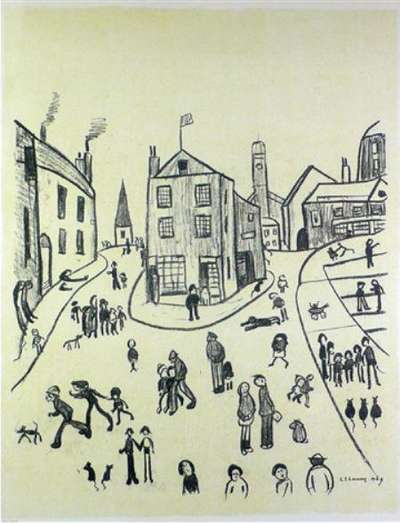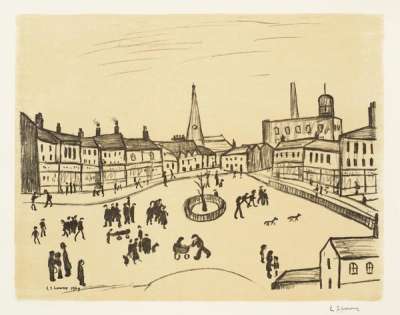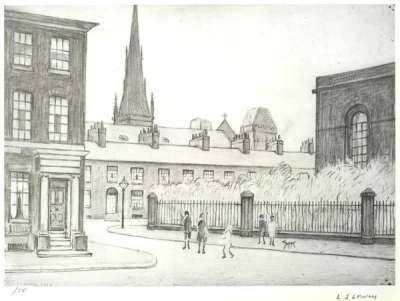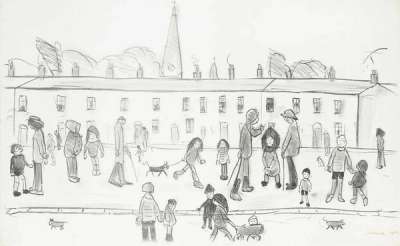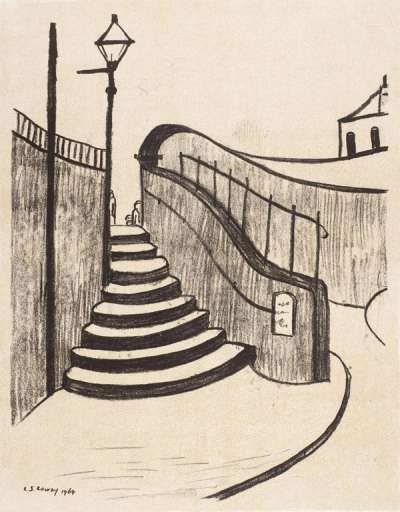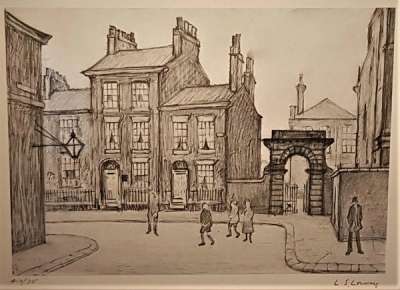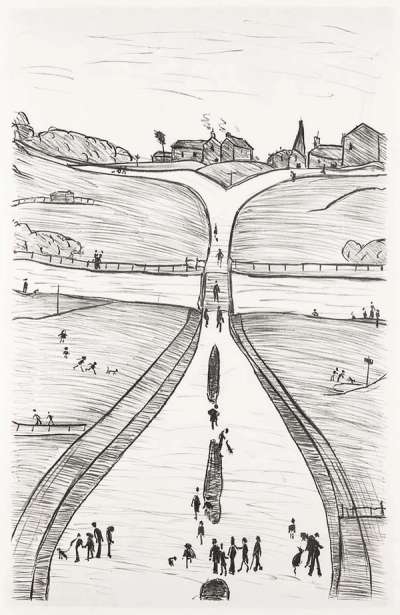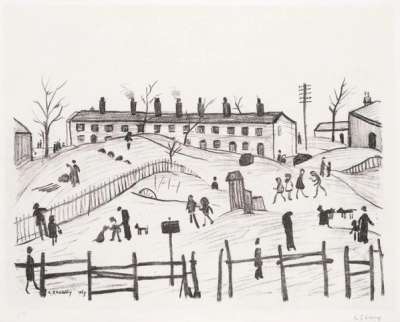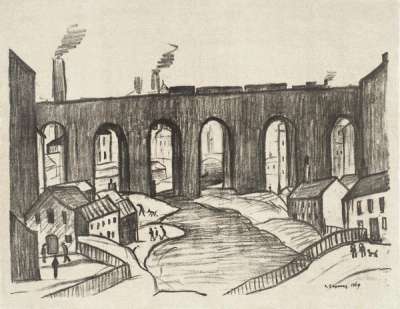Drawings
Not only a skilled painter, L.S. Lowry was also a talented and prolific draughtsman. Featuring themes and subjects consistent with his painted works— industrial landscapes, and everyday street-views— his drawings often magnify smaller details than his paintings, veering away from the vast, elevated scope of his painted cityscapes.
L S Lowry Drawings For sale
Drawings Value (5 Years)
With £28950 in the past 12 months, L S Lowry's Drawings series is one of the most actively traded in the market. Prices have varied significantly – from £360 to £17000 – driven by fluctuations in factors like condition, provenance, and market timing. Over the past 12 months, the average selling price was £1702, with an average annual growth rate of 1.23% across the series.
Drawings Market value
Auction Results
| Artwork | Auction Date | Auction House | Return to Seller | Hammer Price | Buyer Paid |
|---|---|---|---|---|---|
 Reference Library L S Lowry Signed Print | 29 Oct 2025 | Forum Auctions London | £1,020 | £1,200 | £1,500 |
 St Mary's Church L S Lowry Signed Print | 29 Oct 2025 | Forum Auctions London | £1,615 | £1,900 | £2,400 |
 The Old Steps Stockport L S Lowry Signed Print | 24 Sept 2025 | Anderson & Garland | £2,125 | £2,500 | £3,150 |
 County Court Salford L S Lowry Signed Print | 13 Sept 2025 | Adam Partridge Auctioneers & Valuers | £1,530 | £1,800 | £2,150 |
 St Philip's Church L S Lowry Signed Print | 13 Sept 2025 | Adam Partridge Auctioneers & Valuers | £1,530 | £1,800 | £2,150 |
 Great Ancoats Street L S Lowry Signed Print | 11 Jul 2025 | David Duggleby Ltd | £1,190 | £1,400 | £1,750 |
 Tree In A Square L S Lowry Signed Print | 30 Apr 2025 | Dawsons, Berkshire | £3,400 | £4,000 | £5,000 |
 Winter In Broughton L S Lowry Signed Print | 16 Apr 2025 | Bonhams New Bond Street | £3,740 | £4,400 | £5,500 |
Sell Your Art
with Us
with Us
Join Our Network of Collectors. Buy, Sell and Track Demand
Meaning & Analysis
Not only a skilled painter, Lowry is also renowned for his mass drawing production, like those seen here, creating over 8000 works in his lifetime. Not only a skilled painter, Lowry is also notable for his production of drawings, which amount to over 8000 works that the artist began to produce when he was only 18 up until the day of his death.
While Lowry is mostly remembered for his representations of the industrial British North and its working-class population, the artist produced an equal number of drawings whose subject matter ranges from the slums and poor areas of industrial cities like Manchester or Salford to quaint and peaceful scenes of weekend outings and children gatherings. The whole conjunction of these drawings as a coherent corpus attests to Lowry’s committed engagement towards representing every aspect of urban everyday life, which he meticulously translated visually onto paper, in a project which many critics have termed “Lowry’s social realism”.
The artist was first exposed to drawing when he was 18. At the time, Lowry and his family found themselves in a difficult financial situation, his father struggling to make a living, which ultimately forced the family to move from a residential area to a house in industrial Pendlebury in 1909, when Lowry was only 22. Throughout these years, the young and inexperienced artist supported his family by working as a debt collector by day. His first steps within art are thus to be found at a critical and difficult time in the artist’s life, which nevertheless translated into an even deeper dedication to his craft as a form of blissful escapism. Due to his job, Lowry had no choice but to dedicate himself to painting and drawing by night. He did so, by regularly attending the Municipal College Of Art and the Salford School of Art, where he then studied under French Impressionist painter Adolphe Valette.
